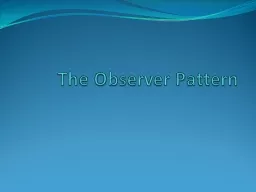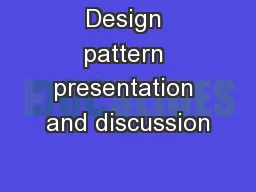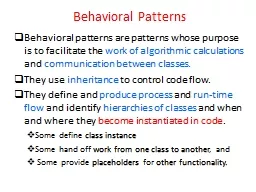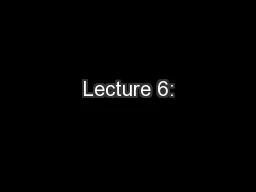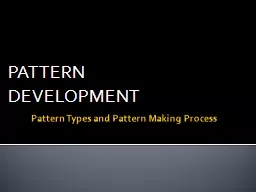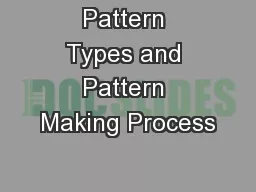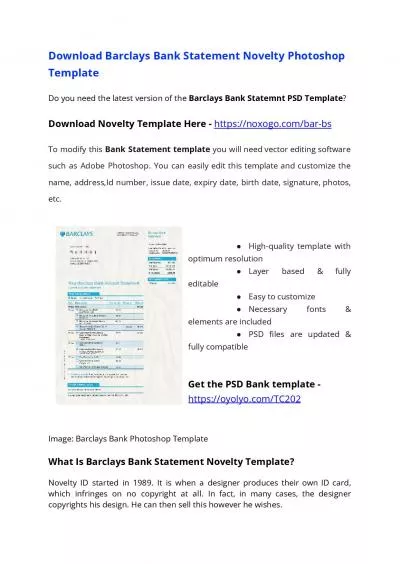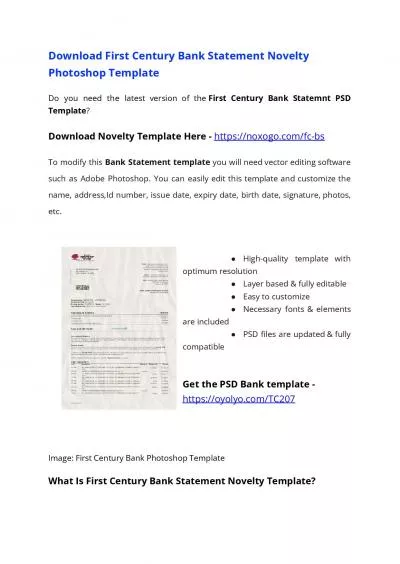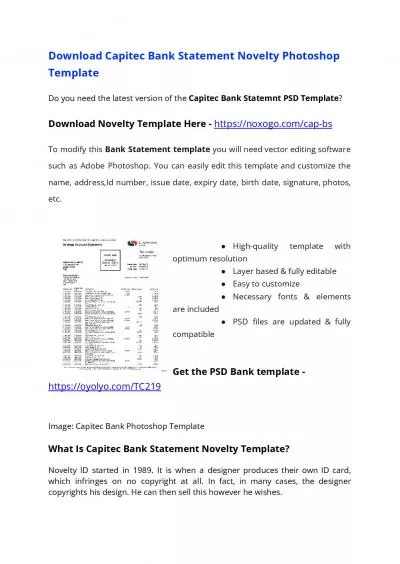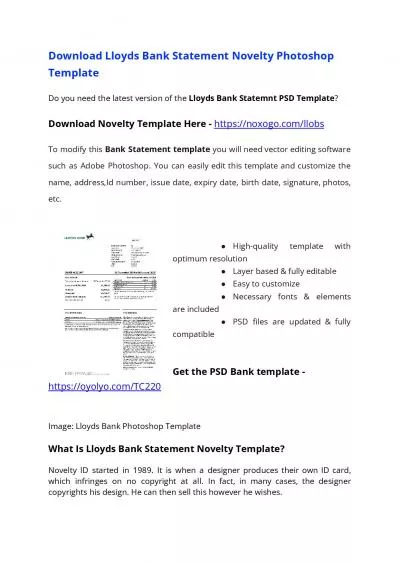PPT-The Observer Pattern Statement of Work
Author : ellena-manuel | Published Date : 2018-02-17
Given WeatherData object which tracks current weather conditions temperaturehumidity barometric pressure Our job is to Create an application that uses WeatherData
Presentation Embed Code
Download Presentation
Download Presentation The PPT/PDF document "The Observer Pattern Statement of Work" is the property of its rightful owner. Permission is granted to download and print the materials on this website for personal, non-commercial use only, and to display it on your personal computer provided you do not modify the materials and that you retain all copyright notices contained in the materials. By downloading content from our website, you accept the terms of this agreement.
The Observer Pattern Statement of Work: Transcript
Download Rules Of Document
"The Observer Pattern Statement of Work"The content belongs to its owner. You may download and print it for personal use, without modification, and keep all copyright notices. By downloading, you agree to these terms.
Related Documents

